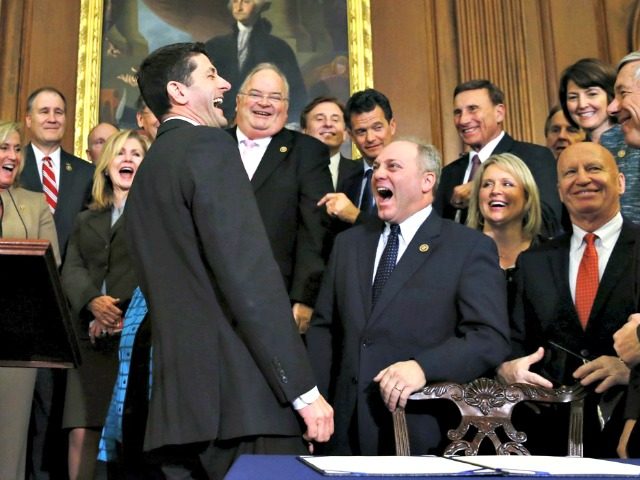Republicans have proposed many plans to repeal and replace Obamacare. Here is a primer explaining the most important aspects of each plan.
Speaker Ryan’s plan:
- Eliminates the individual mandate to obtain health insurance
- Eliminates subsidies for individuals for health insurance
- Eliminates Medicaid expansion by 2020
- Grants individuals a tax credit between $2,000-$4,000, with higher allotments for older Americans
- Doles out $10 billion per year to states for “innovation grants” that would create high-risk pools for people with pre-existing conditions
- Caps Medicaid spending per person
- Imposes a tax on employer-sponsored health care plans above the 9oth percentile
Read Paul Ryan’s leaked draft bill here.
Senator Rand Paul’s Plan: The Obamacare Replacement Act
- Eliminates the individual and employer mandate
- Authorizes a tax credit up to $5,000 for individuals and families that contribute to Health Savings Accounts to further incentivize health savings
- Removes the maximum allowable annual contribution limit to HSAs, so that individuals may make unlimited contributions to an HSA
- Allows the use of HSA funds to pay for insurance premiums
- Expands Association Health Plans (AHPs) to allow small business owners and individuals to band together across state lines through their membership in a trade or professional association to purchase health coverage for their families and employees at a lower cost; in addition, the bill allows individuals to pool together through any organization to purchase insurance
- Allows the purchase of insurance across state lines
Senators Cassidy and Collins’ Plan: The Patient Freedom Act
- Repeals the individual and employer mandate for health insurance
- Keeps protections for pre-existing conditions
- Allows young adults to stay on their parents’ health plan until age 26
- States to have three options:
- Retain the Affordable Care Act, allowing individuals and small business able to purchase insurance on state exchanges and low-income residents can receive federal subsidies to cover the cost of the program. States that expanded Medicaid, can continue to provide increased Medicaid coverage
- States can receive most of the federal funding, including federal funding, Medicaid expansion, and subsidies to create tax-free Health Savings Accounts for low-income citizens. Low-income residents can use the HSAs to purchase insurance and pay for health care
- Allow states to create an alternative solution without federal assistance. States would retain the power to design and regulate insurance markets without federal intervention

COMMENTS
Please let us know if you're having issues with commenting.